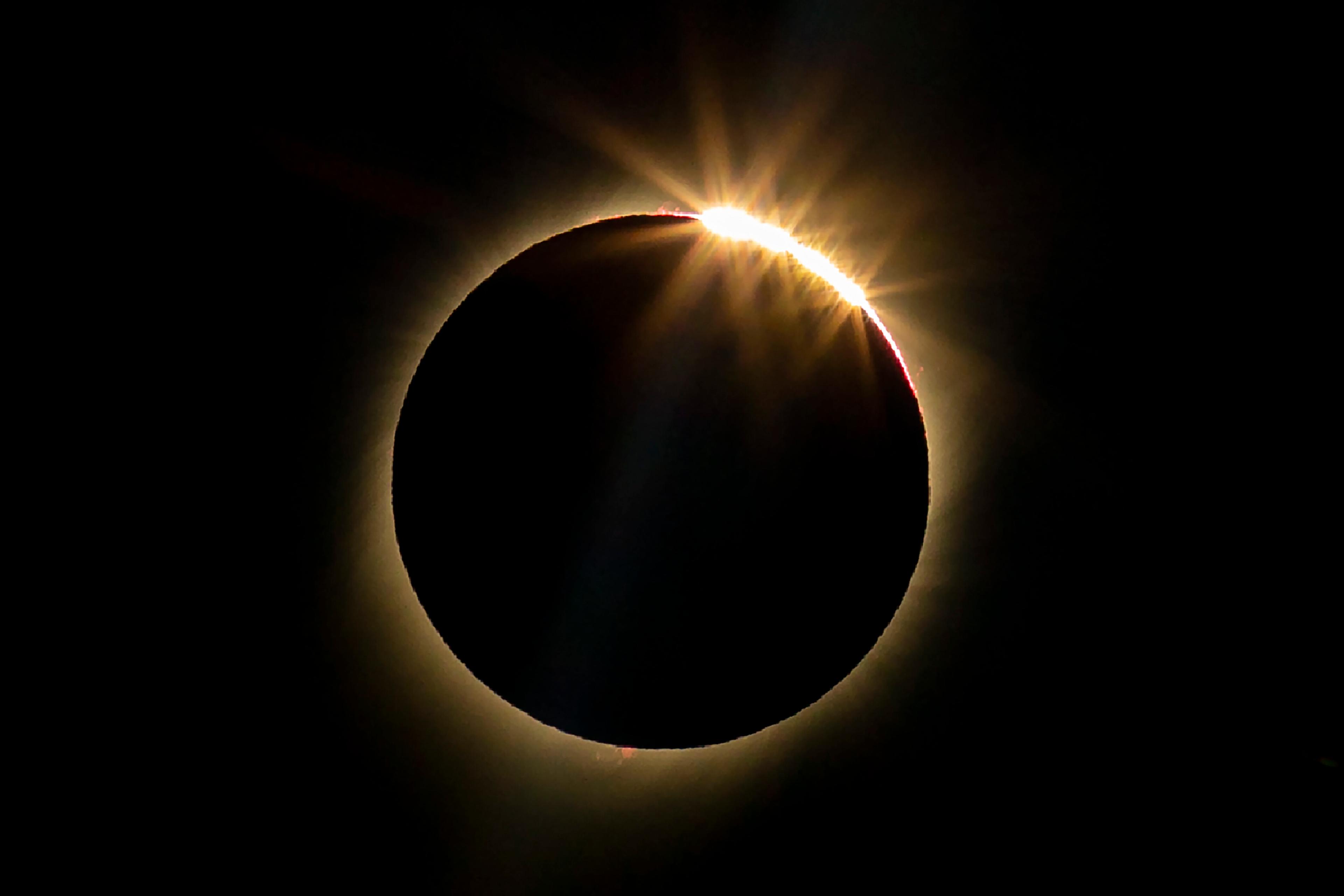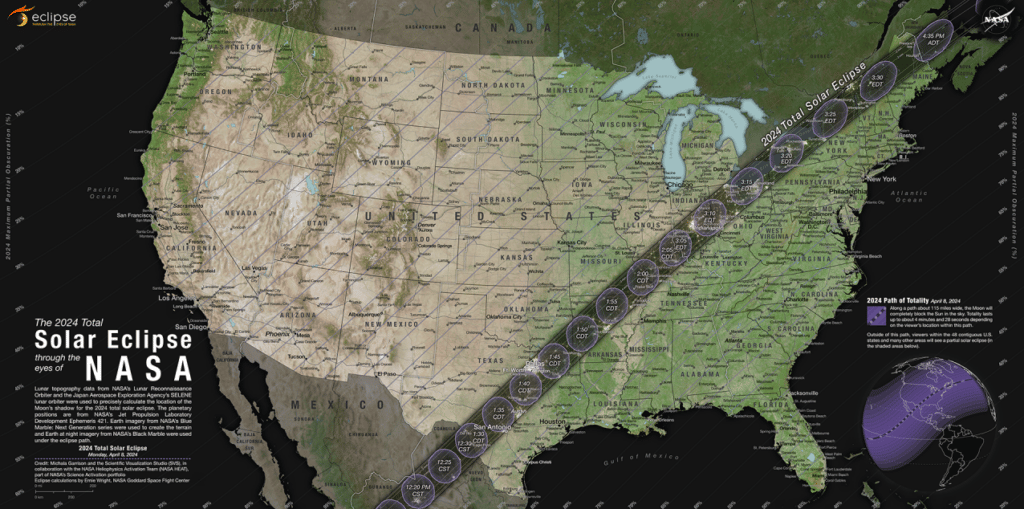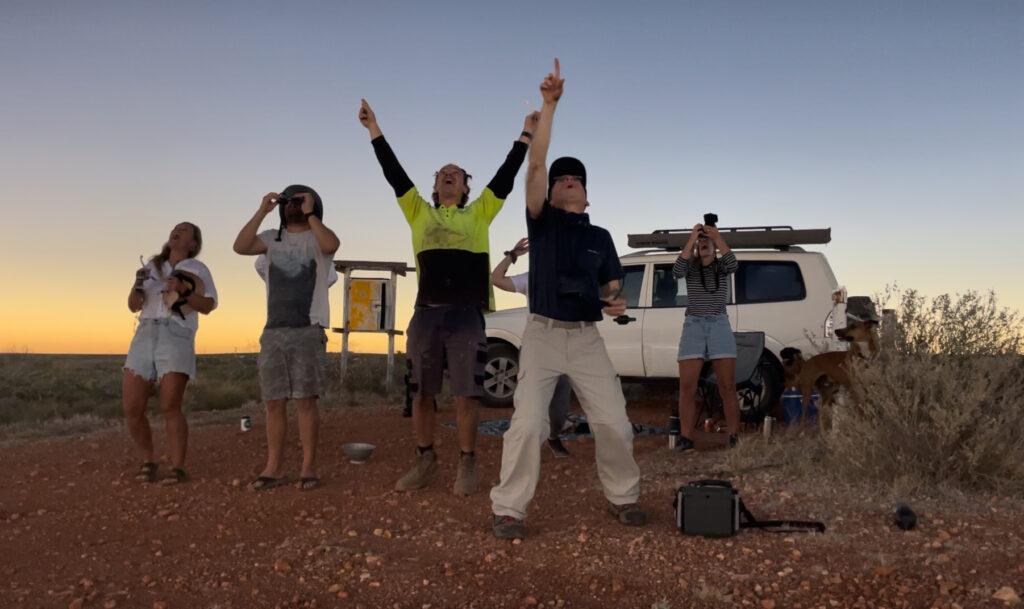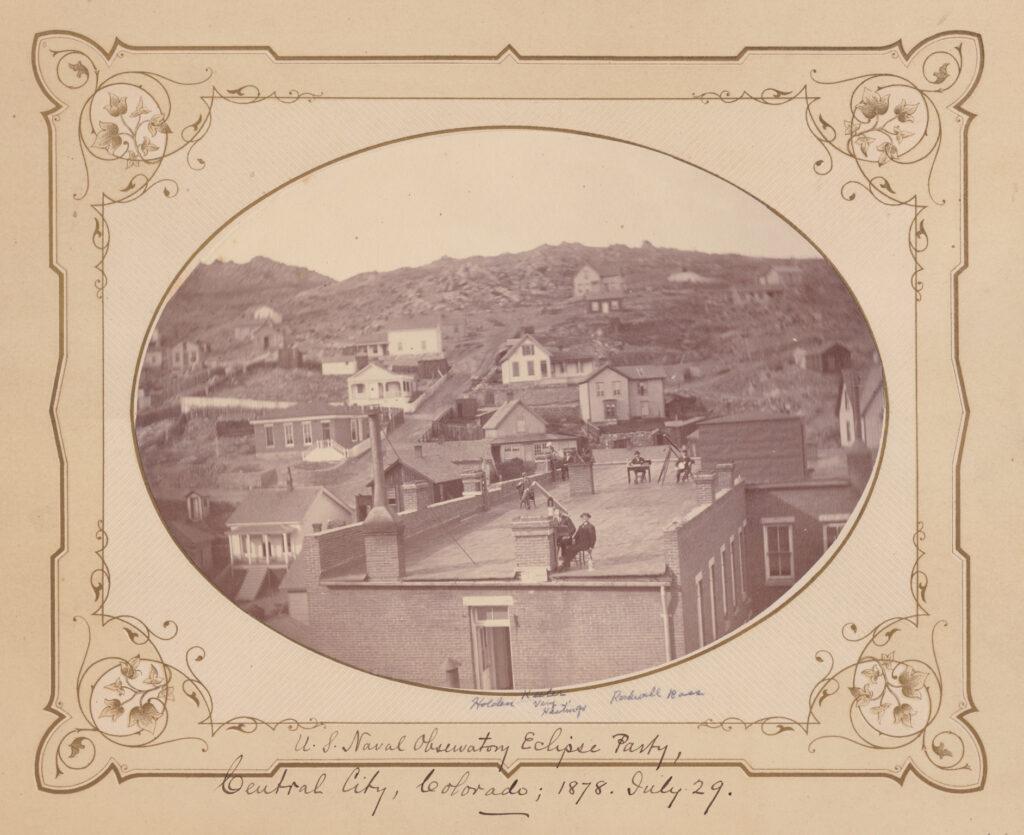
You may hear a collective gasp from a large swath of the country on April 8, 2024.
That’s when the daytime sky will darken from Texas to Maine as a total solar eclipse moves across the country. Boulder author David Baron, who’s witnessed eight total eclipses on five continents, said everyone should experience it at least once in their life.
“It is the closest thing to space travel that you can experience without leaving the surface of the earth,” he said. “Suddenly, the sky that you know is gone … and you can actually look into space toward the center of the solar system. You're seeing a sky you've never seen before.”
Unfortunately, Colorado will only see a partial eclipse and venturing to see the full one won’t be as easy as it was in 2017, when a total solar eclipse passed through Wyoming. But Baron will be traveling to Texas, joining hordes of visitors to the Lone Star State and to others along the path of the eclipse.

Baron wrote the 2017 book “American Eclipse: A Nation’s Epic Race to Catch the Shadow of the Moon and Win the Glory of the World,” which focuses on the total solar eclipse of 1878 and the impact it had on the United States.
A total eclipse occurs when the moon passes between the earth and the sun, completely blocking the face of the sun for a few minutes. Baron said even though the sun is blocked, you can see its outer atmosphere, called the Solar Corona.
“It's like a wreath or a crown, and it's beautifully textured and it shimmers, he said.
More people are in the 2024 total eclipse's path, but that doesn't mean travel will be easy — or cheap
Baron said the upcoming eclipse in April will have a larger audience than in 2017, since it will pass through more populated parts of the country.
More than 30 million people are in the path of the total eclipse this year, so about one in 10 Americans will be able to see it from home. And more than half the population of the United States lives within a day's drive of what’s called the path of totality.
| What to know about the 2024 eclipse |
|---|
Date: Monday, April 8, 2024 Time: Begins around 11:30 a.m. MST; reaches peak around 12:40 p.m. MST Where: Partial eclipse in Colorado; total eclipse in cities including Dallas, Texas; Little Rock, Arkansas; Cleveland, Ohio; Buffalo, New York; Indianapolis, Indiana; Burlington, Vermont. |
Coloradans may have experienced sticker shock when looking into flights for early April to Texas, where the bulk of viewers are expected to be. Tickets from Denver to Austin and San Antonio are more than $1,000 and car rentals are as high as $100 a day.
“Texas is expecting apocalyptic traffic,” Baron said.
Indiana, which anticipates breaking the record for its largest tourism event in its history, will send troopers throughout the state to deal with anticipated traffic congestion.
Baron, who will be watching from Waco, Texas, said Texas has a better chance for clear skies than other states. The total solar eclipse will also last a bit longer in Texas – about four and a half minutes.
By comparison, in 2017, people in Wyoming and Montana saw the eclipse for two and a half minutes.
How to safely view a partial and total eclipse
Baron said it’s critical for people who want to view the total or partial eclipse to have special light-filtering glasses, which can be purchased online or in some hardware stores. Some libraries have them as well.
If you’re in the path of the total eclipse, you can safely look at the sun when it’s completely covered, Baron said. That's because all that’s visible is the sun’s atmosphere, which is only about as bright as the full moon.

But any time that an eclipse is just partial, the glasses protect you from burning your eyes.
For those in Colorado, the day will seem as bright as ever. But look closer, and you'll see something out of the ordinary.
“If you look under trees, where the light is filtering between the branches, you may notice little crescents all over the ground," Baron said " (That's) because the spaces between the branches act as pinhole projectors projecting the image of the crescent sun on the ground.”
There was eclipse tourism in the 1800s too — and it helped promote a growing US
Baron’s book on the 1878 eclipse, which also passed through the U.S., points to a pivotal time in America’s history. While the country had emerged as an economic power, “the Europeans looked down their noses at us when it came to art, music, literature and science,” Baron said.
But the total eclipse of 1878 spurred large expeditions to parts of the country, including Colorado, and provided an opportunity for the country to, “show it could do science too and that we should be taken seriously in the intellectual realm,” Baron said.

At the time, Denver was overrun by tourists.
“There were no hotel rooms left,” Baron said. "People ended up sleeping on cots in hotel hallways and dining rooms because there were no real rooms left anymore.”
The unifying power of a total eclipse
In a newly released edition of Baron’s book, he writes in the afterword about the total eclipse of 2017 and the effect it had on the country. It was shortly after Donald Trump was elected and right after the white supremacist rally in Charlottesville, Virginia.
“You had people fighting on both sides of what seemed to be an insurmountable divide of red versus blue America,” said Baron.
But, he said, a total eclipse was unifying.
“People gathered at stadiums and at libraries to share this moment of awe at the universe, something completely apolitical,” Baron said. “And it was remarkable how many people on that day talked about how nice it was at this time of great division in America for people to come together and just share a moment of togetherness.”
For those who want to see a total eclipse in its full glory, the next one to visit the contiguous United States won’t be until 2044 — so this year's might be worth the adventure.









